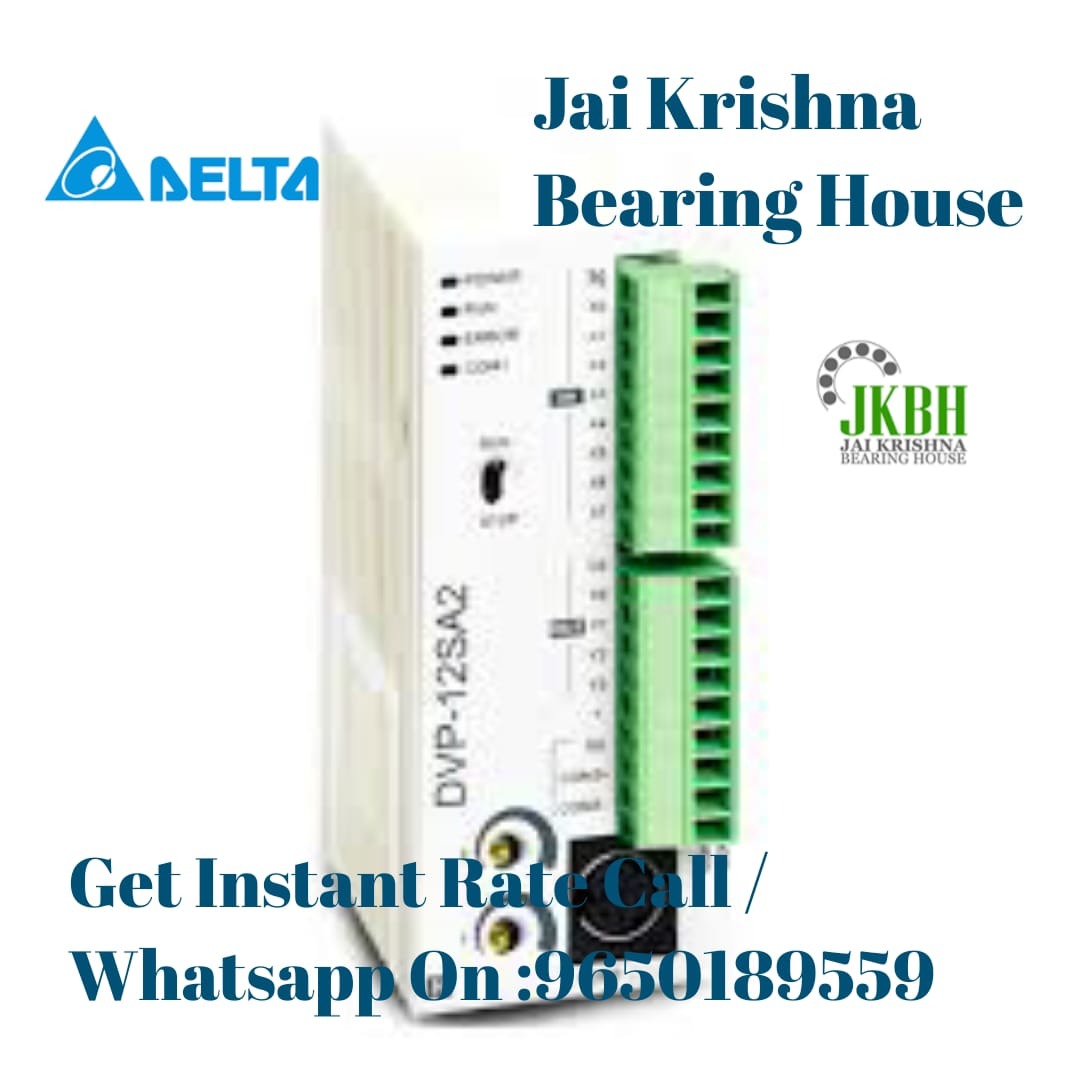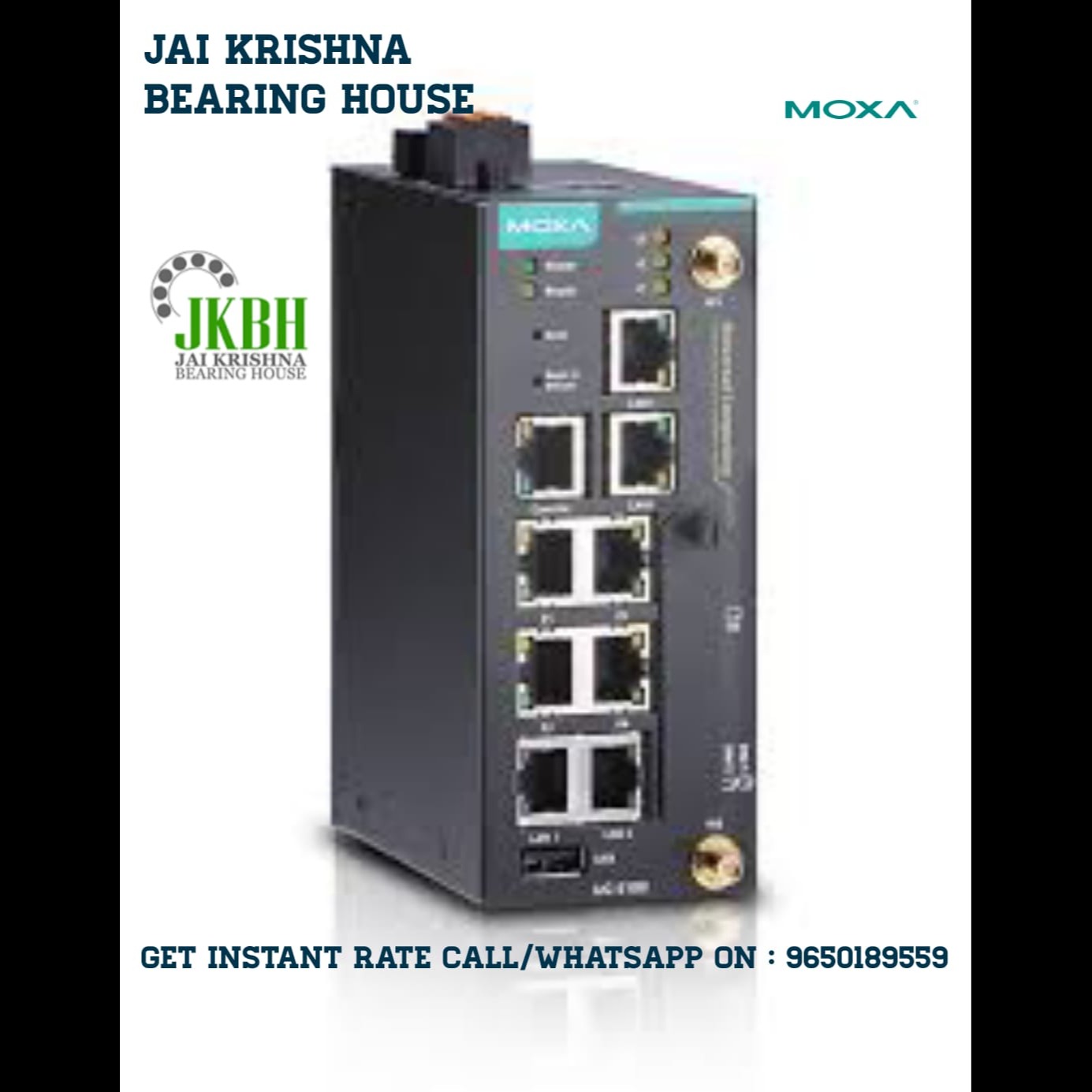
A PLC is a ruggedized industrial computer that continuously monitors inputs, makes decisions based on a user-defined program (usually in ladder logic), and controls outputs to automate a process or machine.
Delta PLCs are designed to handle real-time control tasks such as turning motors on and off, counting products, controlling temperature, and managing sequences in manufacturing.
🔧 1. Major Delta PLC Series
Delta offers several PLC product lines designed for different applications:
Series Features Best Use Cases
DVP-SS2 Compact, economical, basic functionality Simple automation (e.g., conveyor control)
DVP-SA2 More I/O, basic motion control, PID Small machines, basic process control
DVP-SX2 Analog I/O, PID, high-speed counters Temperature, level control, motion
DVP-SE Built-in Ethernet, Modbus TCP Networked machines
DVP-ES2 High-speed, large I/O, multi-axis motion Complex machinery, industrial lines
AS Series Modular, high performance, CODESYS support Advanced automation, factory-scale systems
AH Series Modular, high-end PLC Large scale SCADA, motion, and complex control
⚙️ 2. Key Features of Delta PLCs
➤ Programming Environment
WPLSoft: Delta’s primary software for programming DVP series (ladder logic-based).
ISPSoft: For AS series and AH series (supports ladder, ST, SFC, FBD).
CODESYS (for advanced AS series): IEC 61131-3 standard language support.
➤ Control Capabilities
Logic control
Timers and counters
Mathematical operations
Data logging
PID control
High-speed pulse control (for stepper/servo motors)
Interrupts and subroutines
➤ I/O Capabilities
Digital I/O
Analog I/O (voltage, current, thermocouple, RTD)
High-speed counters and pulse output
➤ Communication
RS-232/RS-485 Modbus RTU
Ethernet Modbus TCP (SE, AS, AH series)
CANopen, Profibus, DeviceNet (with modules)
SCADA/HMI integration via protocols like Modbus, OPC
🔌 3. Hardware Components
CPU Module: Core processor unit containing logic and communication.
I/O Modules:
Digital Input (DI)
Digital Output (DO)
Analog Input (AI)
Analog Output (AO)
Expansion Modules: Add more I/Os, communication ports, or special functions.
Power Supply Unit (PSU): Supplies regulated power to the PLC system.
🧰 4. Programming with WPLSoft (DVP Series)
Ladder logic editor with drag-and-drop elements.
Simulation mode to test programs without hardware.
Online monitoring and force I/O functions for debugging.
Upload/download programs to/from the PLC.
Common ladder elements include:
LD / OUT: Load and output
SET / RST: Latch and unlatch
TON / TOF / TMR: Timers
CNT / CNR: Counters
MOV / CMP / ADD / SUB: Data operations
🧪 5. Applications
Conveyor systems
Packaging machines
Mixing and batching systems
Pump and fan control
Temperature control (with analog I/O and PID)
Motor control (via stepper/servo drive interfaces)
Building automation
Smart agriculture and irrigation
⚠️ 6. Troubleshooting and Diagnostics
Status LEDs on the PLC indicate run, stop, error, and I/O states.
WPLSoft or ISPSoft can show real-time variable states and logs.
Common issues:
Power supply faults
Incorrect wiring (especially analog)
Communication port settings mismatch
Program logic errors (ladder issues)
Module compatibility/configuration errors
📘 7. Example Specification (DVP-ES2 Series)
Parameter Value
Program Capacity 16k steps
I/O Capacity Up to 256 I/O points (with expansion)
Communication RS-232, RS-485, Modbus RTU
High-Speed I/O 4 inputs / 2 outputs (100kHz)
Power Supply 24V DC or 100–240V AC
Programming Port USB and RS-232
🔄 8. Integration with Other Devices
Delta PLCs are often used in combination with:
Delta HMIs (e.g., DOP series)
Delta servo drives (ASDA series)
Delta VFDs (variable frequency drives)
Third-party devices using Modbus or other industrial protocols



